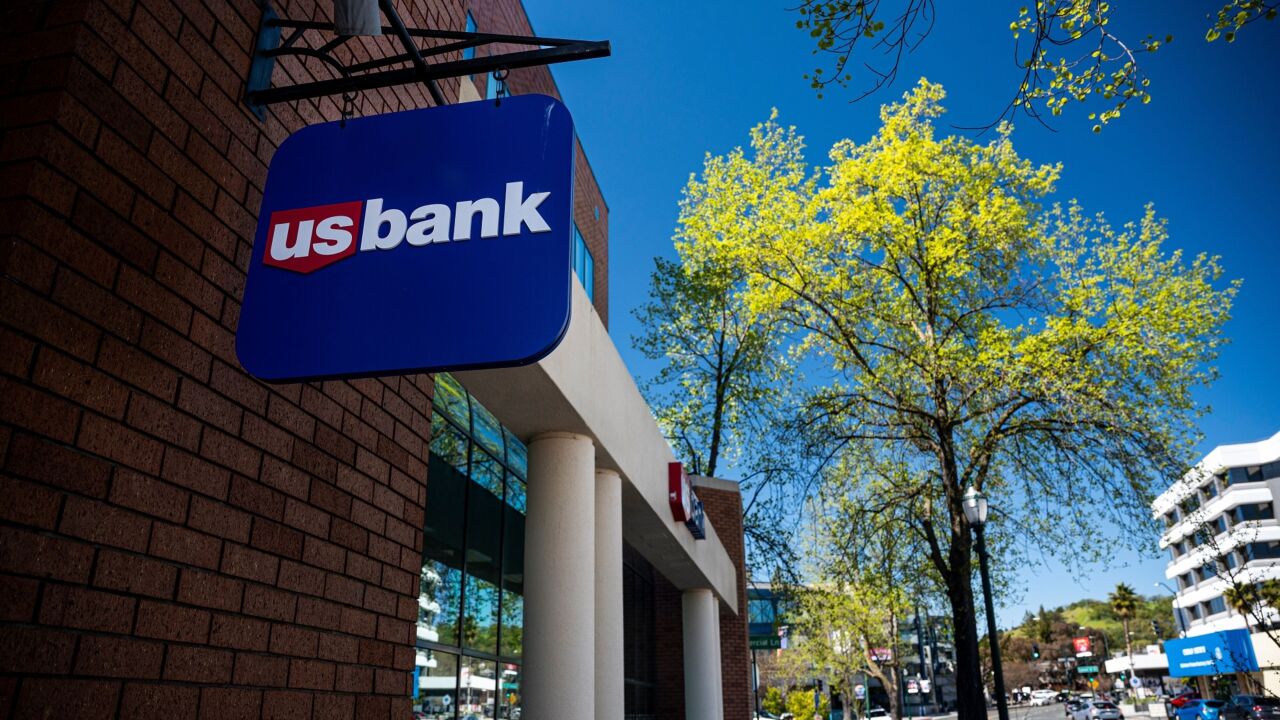Low home inventory continues to put upward pressure on home prices, but affordability strains may be overstated, according to First American Chief Economist Mark Fleming.
The concept of home price appreciation outpacing household income growth is typically used as a basis for arguing a home affordability crisis. And while it's true that home prices grew faster than income between November 2016 and November 2017, often overlooked in comparing income growth to house price appreciation is that income isn't the only factor in determining how much one can afford to buy.

A consumer's home purchasing power is also based on changes in mortgage rates, and as they decline, house-buying power goes up. Consumer house-buying power, based on income and interest rates, grew about 1% year-over-year in November, and is 2.3 times higher than it was back in 2000. Though
Interest rates are expected to approach 5% by the end of the year, but that shouldn't have a significant impact on purchasing power or homebuyer demand.
"Historically, a 30-year, fixed-rate mortgage of 5% is still a very low rate. In fact, the mortgage rate has been greater than 5% in 38 of the last 46 years, so it is unlikely that large numbers of homebuyers will be dissuaded by a modest increase in mortgage rates," said Fleming.
In November, real house prices rose 5% from the previous year, according to the First American Real Home Price Index.





